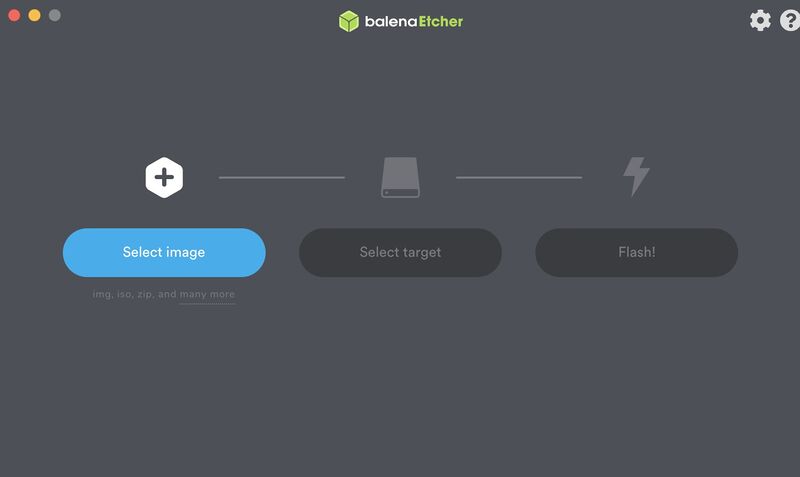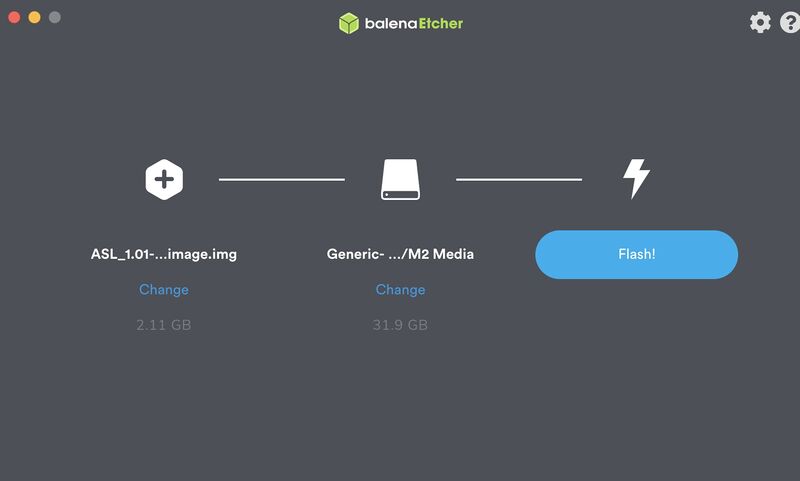Flashing the ASL Image: Difference between revisions
Jump to navigation
Jump to search
Created page with "== Flashing the ASL image == '''For all operating systems, we recommend downloading and installing balenaEtcher. It's available for macOS, Windows, and Linux.''' If you're fla..." |
No edit summary |
||
| (One intermediate revision by one other user not shown) | |||
| Line 1: | Line 1: | ||
{{Warning|user-guide/pi-detailed/}} | |||
'''For all operating systems, we recommend downloading and installing balenaEtcher. It's available for macOS, Windows, and Linux.''' | '''For all operating systems, we recommend downloading and installing balenaEtcher. It's available for macOS, Windows, and Linux.''' | ||
If you're flashing for RaspberryPi, an SD card reader is required. | If you're flashing for RaspberryPi, an SD card reader is required. | ||
Latest revision as of 21:29, 29 June 2024
For all operating systems, we recommend downloading and installing balenaEtcher. It's available for macOS, Windows, and Linux. If you're flashing for RaspberryPi, an SD card reader is required.
USB Thumbdrive (PC/Pi4)
1. Follow the directions below, but use a USB thumbdrive instead.
SD Card (Pi2-Pi4)
1. Open balenaEtcher
2. Insert your SD card into your SD card reader
3. Press "Select Image" and locate the downloaded image (e.g. ASL_1.01-20180228-armhf-raspbian-stretch-image)

4. If your SD card is ready to flash, you can simply press the "Flash!" button:

5. Insert your SD card into your Raspberry Pi and boot it up!